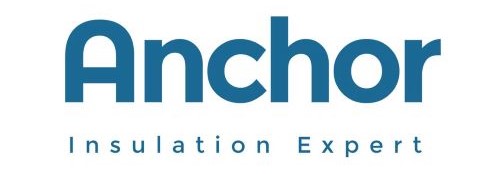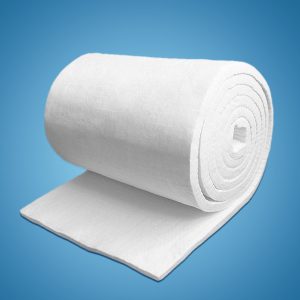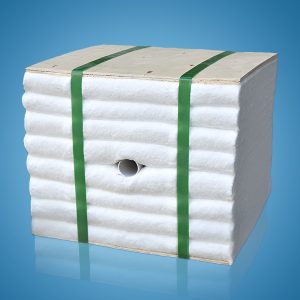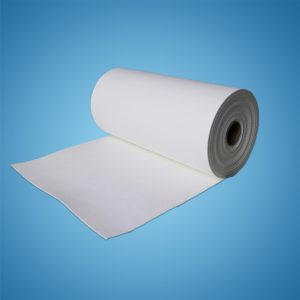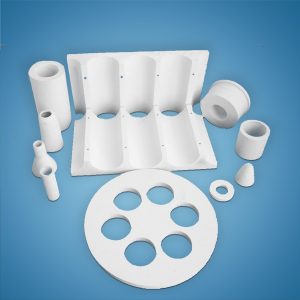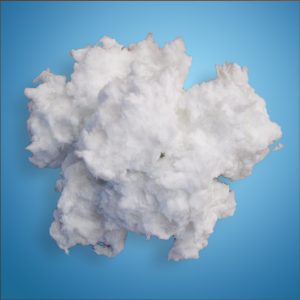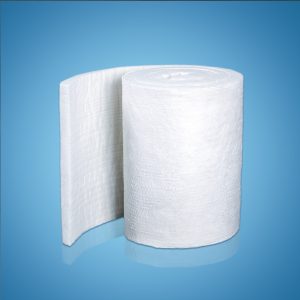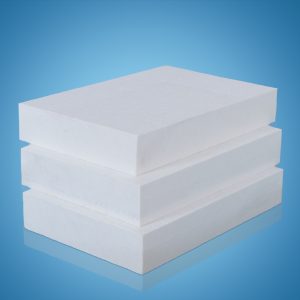Ceramic Fiber Types Explained: Characteristics and Differences
Table of Contents
Have you often heard terms like “1260-type ceramic fiber” or “zirconia-containing ceramic fiber” in the industrial sector, finding these terms perplexing? This article aims to delve into explaining the classification and characteristics of various ceramic fibers, providing you with a clearer understanding of them.
Ceramic fibers are typically categorized into RCF (Refractory Ceramic Fiber), AES (Alkaline Earth Silicate), and Alumina-based types.
RCF comprises several types: standard, high-purity, high-alumina, zirconia-containing, and chromium-containing.
- Standard Type: Utilizes natural minerals as raw materials, processed through high-temperature melting and spinning or blowing. Primary materials include alumina and silica, with alumina accounting for approximately 45% and a total content of about 98%. It boasts a classification temperature of 1260℃(2300°F).
- High-Purity Type: Manufactured from artificially synthesized alumina powder and silica, with alumina content around 45% and a total content exceeding 99%. Its classification temperature matches that of the standard type at 1260℃. Compared to the standard type, the high-purity type offers slightly better insulation and an extended lifespan.
- High-Alumina Type: Contains 50-55% alumina, with a classification temperature soaring to 1350℃, surpassing the standard and high-purity types.
- Zirconia Type: Apart from alumina and silica, zirconia is added, comprising about 15% of the fiber. Zirconia’s inclusion inhibits crystallization and precipitation, elevating both classification and usage temperatures.
- Chromium Type: Contains chromium besides alumina and silica. Similar to zirconia, chromium suppresses crystallization and precipitation, enabling a classification temperature of 1430℃ (2600°F). However, due to environmental and health concerns, some regions have restricted or banned the production and use of chromium-containing ceramic fibers.
Given that some countries have classified RCF-type ceramic fibers as potential carcinogens, limiting or prohibiting their production and use, AES has emerged as an alternative.
AES employs silica, calcium oxide, and magnesium oxide as raw materials, devoid of alumina. Its notable feature is a biopersistence of only 5 days compared to RCF’s high biopersistence of 300 days. Commonly, AES ceramic fibers have classification temperatures of 1200℃ and 1300℃. Compared to RCF, AES exhibits a 20-30% reduction in shot content and a 20-25% decrease in thermal conductivity, thereby enhancing its insulation performance. However, due to its fragile nature, it might have a shortened lifespan when used in furnaces heated by fuel, rendering it unsuitable for all high-temperature scenarios.
This type of ceramic fiber boasts an extremely high alumina content exceeding 72%, resulting in a classification temperature as high as 1600℃.
Only a few factories can produce this kind of ceramic fiber, making its price significantly higher than other types of ceramic fibers.
We hope this comprehensive explanation helps you gain a clearer understanding of the characteristics and distinctions among various ceramic fibers. Should you have further inquiries about ceramic fibers, feel free to contact us via email. We will gladly provide you with answers at no cost.
